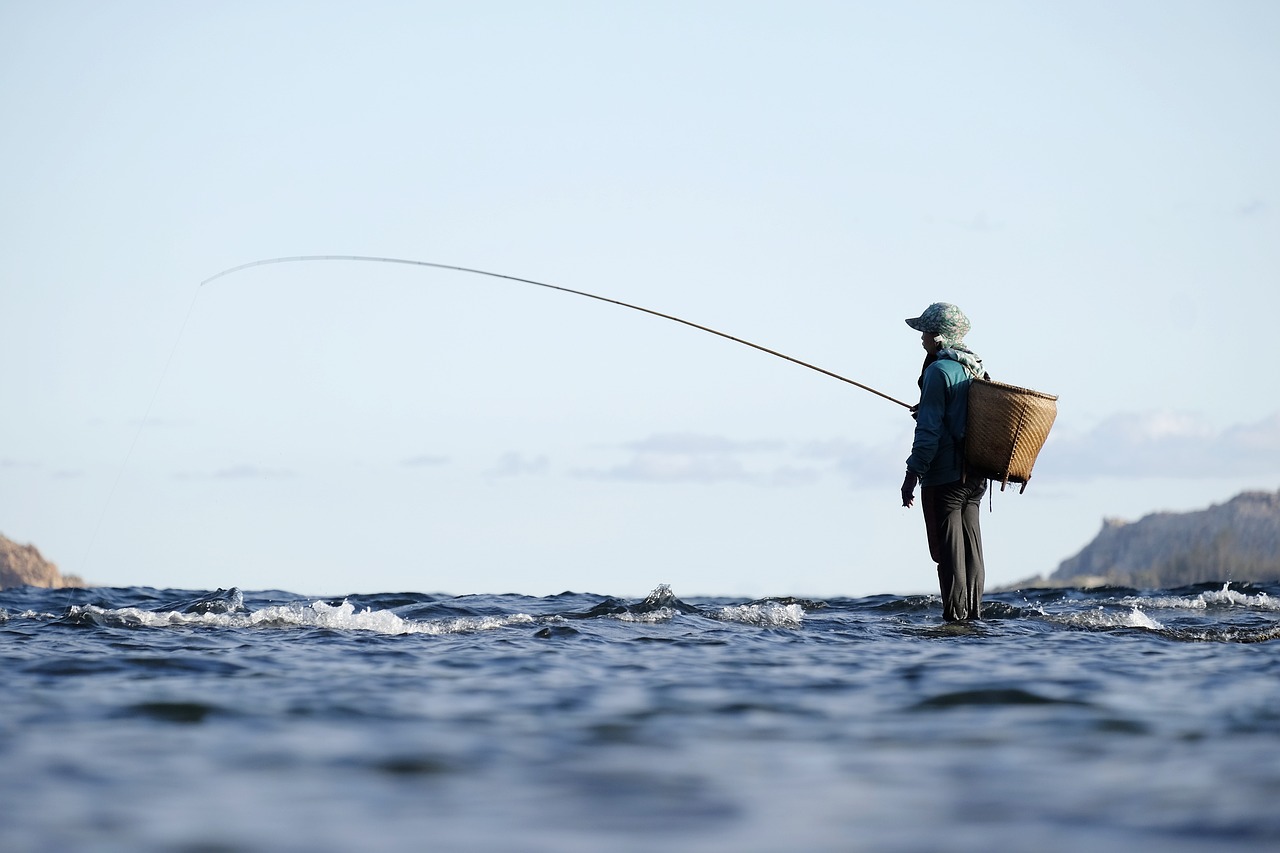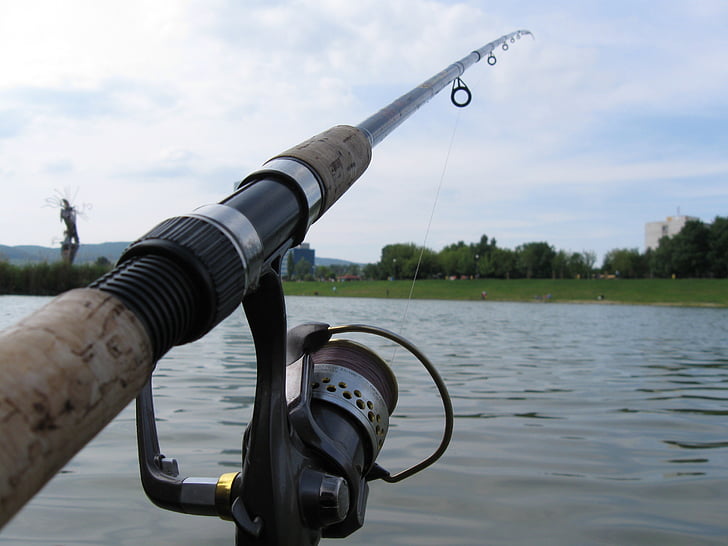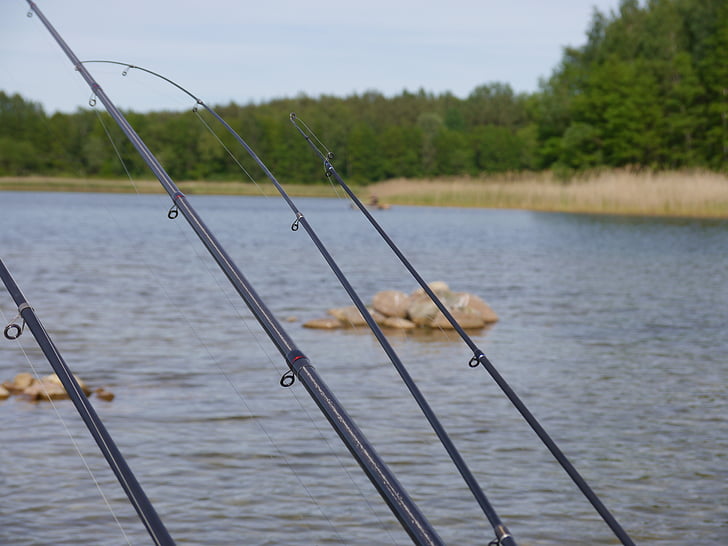Alabama offers anglers a wealth of opportunities to showcase their skills and earn recognition through its esteemed Trophy Fish Award Programs. These programs honor anglers who catch exceptional fish, contributing to the state’s rich fishing heritage. Before embarking on your fishing adventures, it’s essential to understand the specific regulations, including fishing licenses and special events like Free Fishing Day.
Understanding Alabama’s Angler Recognition Programs
Alabama’s Trophy Fish Award Programs consist of three distinct categories, each designed to honor anglers who have demonstrated exceptional skill and dedication to the sport.
1. State Record Fish
The State Record Fish program recognizes anglers who have caught the largest fish of a particular species in Alabama’s waters. To qualify, your catch must exceed the current state record by at least one ounce. Here’s how to enter:
- State Record Application: Complete the official state record application available on the Alabama Department of Conservation and Natural Resources (ADCNR).
- Photographic Proof: Submit photographs of the fish, the scales used to weigh it, and the angler with the fish.
- Regulations: Your catch must adhere to Alabama’s fishing regulations to qualify for consideration.
Note: Fish caught in the process of illegal fishing or out of season are not eligible.
2. Master Angler
The Master Angler program honors anglers who catch a variety of species meeting or exceeding specific weight or length requirements. To qualify:
- Eligible Species: You must catch at least five different species from an official list that includes:
- Largemouth bass, smallmouth bass, and spotted bass
- Striped bass, white bass, and yellow bass
- Bluegill, redear sunfish
- Crappie (white, black, and white crappie)
- Catfish
- Clear Photographs: You must submit clear photographs showing the length measurement of each fish caught.
For more details, visit the official Master Angler Program page.
3. Trophy Angler
The Trophy Angler program recognizes anglers who have caught a single fish that meets or exceeds specific weight or length requirements. This program is open to various species, including:
- Bass (largemouth, smallmouth, and spotted)
- Crappie (white and black)
- Sunfish (bluegill, redear)
- Catfish (blue, flathead, channel)
- Striped bass and others
Requirements: Minimum weight or length specifications can be found on the Trophy Angler Program page.
Fishing Licenses and Regulations
Before participating in Alabama’s fishing programs, ensure you have the appropriate fishing license. Here’s what you need to know:
- Exemptions: Residents under 16 and over 65 years old are exempt from needing a fishing license.
- Required Licenses: For others, a Sport Fishing License is required to fish in Alabama’s public waters.
- Saltwater Fishing: If you’re fishing in saltwater, a Saltwater Reef Fish Endorsement is necessary for fishing Gulf reef fish, like red snapper.
- Valid Period: Licenses are valid from September 1 to August 31 of the following year.
For detailed information on license fees and requirements, visit the ADCNR Fishing Licenses page.
Free Fishing Day
Each year, Alabama designates a Free Fishing Day, when anglers can fish without a license. In 2025, the event will be held on June 7. Here are the key details:
- Saltwater Fishing: If you plan to fish for red snapper or other reef fish, you still need a Gulf Reef Fish Endorsement.
- State Public Fishing Lakes: A fishing permit is required on state-managed lakes.
- Private Ponds: You must have the owner’s permission to fish on private property.
- Piers: Some piers may require additional fees or permits for access.
Check the official Free Fishing Day page for updates and more information.
Practical Tips for Aspiring Trophy Anglers
To maximize your chances of catching trophy-sized fish and earning recognition through Alabama’s fishing award programs, consider the following tips:
1. Research Target Species
Understanding the habitats, feeding behaviors, and peak seasons of your target species is critical. Here are key examples of popular trophy fish in Alabama:
- Largemouth Bass: Active primarily during spring and fall, especially early morning and late afternoon. They prefer shallow waters with structure like submerged rocks, logs, and vegetation. Lakes Guntersville and Wheeler are known for being extremely productive grass fisheries and are great locations for learning how to fish this type of cover.
- Smallmouth Bass: Target tailraces, bluff walls, and current breaks in the Tennessee River, especially in lakes like Pickwick, Wheeler and Wilson. The best time to visit is from early spring through summer.
- Spotted Bass: The Coosa, Tallapoosa and Chattahoochee Rivers offer unique fisheries with trophy-sized spotted bass.
- Crappie: Most active in early spring. Target them in deeper waters with submerged brush piles or fallen trees.
- Blue Catfish: Active year-round, trophy-sized specimens are usually caught in late winter to early spring, often in deep river channels or near flooded structures.
- Red Snapper: The snapper season opens yearly in summer.
- Alabama Shad: Spawns each year in the Ouachita River and then travels to the salt water of the Gulf Coast.
For the most up-to-date fish species information, consult the Alabama Department of Conservation and Natural Resources (ADCNR).
2. Use Appropriate Gear
Ensure your fishing gear is suited for trophy fish. For example:
- Rods: Use heavy-action rods. Choose rods rated for 15-30 lb test lines for largemouth bass or blue catfish.
- Reels: Consider reels with a wide spool and at least a 200-yard capacity, especially for longer casts and larger fish.
- Lines: Use braid or fluorocarbon lines in the 20-30 lb range for bass and 50 lb or higher for catfish to handle the weight of trophy fish.
- Lures: Proven lures for catching trophy smallmouth bass include swimbaits, football jigs, and Alabama Rigs. A frog is a popular approach for targeting grass in Alabama. Senkos are a great option for targeting both deep and shallow grass.
For detailed gear recommendations, check the Bass Pro Shops and Cabela’s websites.
3. Master Effective Techniques
Mastering specialized fishing techniques will increase your chances of landing trophy fish. Here are proven methods:
- Grass Fishing: Grass can be found both shallow and offshore, giving anglers the ability to use numerous techniques.
- Flipping and Pitching: Cast bait into tight, submerged cover like fallen trees, docks, or rocks where bass like to hide.
- Crankbait Fishing: Use deep-diving crankbaits to reach fish at varying depths. Crankbaits in shad or crawfish colors work well for bass and crappie.
- Jigging & Drop-shot Techniques: Perfect for bottom-dwelling species like catfish. Use a 5-10 inch soft plastic worm or cut bait and lower it to the bottom with a steady, slow retrieve.
- Trolling: Trolling is the name of the game if you want pelagics such as Mahi Mahi, Tuna and Billfish.
For instructional videos and tips, check out the National Professional Fishing League.
4. Fish During Prime Times
Fish tend to be more active during low-light periods, and knowing the best times can make a huge difference:
- Dawn and dusk: Most trophy fish, including bass and crappie, are most active during these hours.
- Night Fishing: Catfish, striped bass, and other species like to feed during the night. Use glow-in-the-dark lures or live bait such as shad or worms.
For optimal fishing times, use apps like Fishbrain that track seasonal patterns and best fishing times.
5. Target Quality Waters
Focus your efforts on lakes, rivers, and streams known for producing trophy fish:
- Lake Guntersville: Renowned for trophy-sized bass and crappie. This 1,000-acre lake offers both shallow and deep fishing opportunities.
- Wilson Lake: Known to be the best smallmouth fishery in Alabama. Also famous for massive blue catfish, some exceeding 100 lbs. Fish around submerged ledges and deep holes during late winter through early spring.
- Pickwick Lake: Excellent location to catch trophy smallmouth.
- Weiss Lake, Neely Henry Lake, Logan Martin Lake, Lay Lake, Mitchell Lake, Jordan Lake, and Walter Bouldin Lake: All renowned for their vibrant fishing scenes.
- Mobile Bay: Known for saltwater species like redfish and speckled trout. Target the deeper channels and flats near Grass Island for the best results.
Before heading out, always check the latest local reports from guides or visit the ADCNR for fishing conditions.
6. Document Your Catch
To qualify for Alabama’s Trophy Fish Award, proper documentation is crucial. Follow these steps:
- Photographs: Take clear photos of the fish next to a ruler or measuring tape. Ensure the fish’s length and girth are visible.
- Weight and Length: Accurately measure the fish’s length (tip of the nose to the tip of the tail) and girth (around the widest part of the fish’s body).
- Regulations Compliance: Ensure the fish is of legal size. Check the Alabama Fishing Regulations for the latest rules.
Fishing regulations and programs may change annually. Stay updated on any adjustments to fishing seasons, limits, or award criteria. Regularly visit the Alabama Department of Conservation and Natural Resources (ADCNR) website for updates on regulations, seasonal changes, and trophy fish programs. They also offer tips and resources for anglers.
For aspiring trophy anglers, success lies in research, technique, and consistent practice. By understanding fish behavior, using the right gear, and fishing at the right time, you’ll significantly improve your chances of catching that elusive trophy fish. And remember, always check the most current regulations before you fish, as rules may change yearly.
By following these steps and staying informed about Alabama’s fishing regulations and award programs, you’ll be on your way to achieving recognition in Alabama’s rich angling heritage. Whether you’re targeting a state record or aiming for the Master Angler or Trophy Angler awards, preparation and knowledge are key to success.


